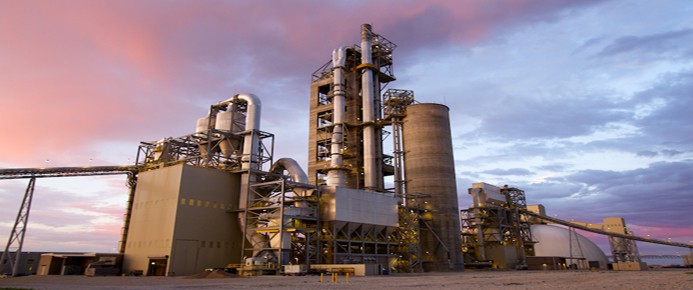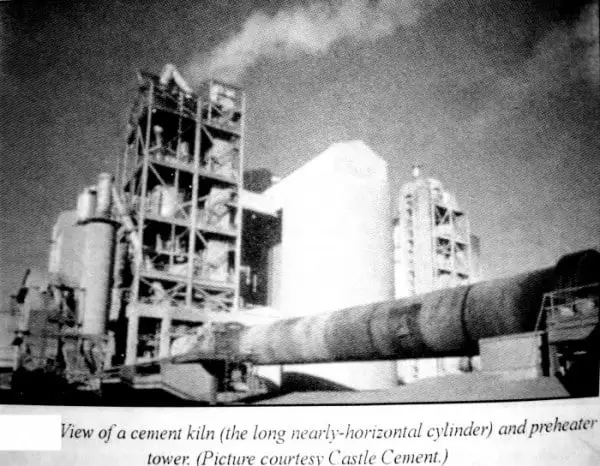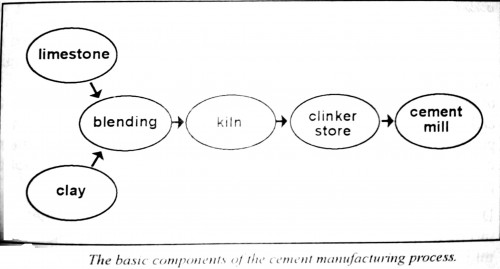.............................................................................................................................................
What Is Vertical
Farming?
by Matthew Speer
Vertical
farming involves growing produce indoors where farmers can control the light,
temperature, amount of water given to plants and even the carbon dioxide
levels.
There
are other advantages to vertical farming in addition to helping people eat local.
There
is potential for the practice to greatly increase food production and expand
sustainable agriculture operations, an important factor in a world where the
population is increasing rapidly (between 9 and 10 billion people by 2050).
People Move to Cities
Every
week, 3 million people move into a city somewhere in the world, according to the United Nations.
In
America, about 82% of all citizens live in either a medium or large city (or
smaller cities on the edge of large metropolitan areas).
As noted by the
California Aggie, getting food to tens of millions of people living in cities
is one of the problems perplexing urban planners.
Vertical
farming, which allows produce to be grown indoors, could provide at least a
partial solution.
Environmental Impact of Agriculture
Experts
disagree on how much carbon dioxide is released into the atmosphere through
agriculture, but some estimate as much as 25% of global emissions, according to
the California Aggie. Others, such as the American Farm Bureau
Federation, put that number at
9%.
Whatever
the case, transportation also is a key factor in global emissions.
And a
large percentage of that comes from transporting food, sometimes many thousands
of miles, from farms to grocery stores.
Vertical
farming can cut down on food miles, a way of measuring the amount of energy
used in transporting food from one location to another.
Innovation for Sustainable
Agriculture
The
idea of vertical farming is quickly taking hold with farmers.
Generally,
vertical farming calls for raising plants on stacked shelves within an indoor
facility, often old warehouses.
Theoretically,
they can be built anywhere. Special LED lights give the plants nutrients. Under
these conditions, the plants grow faster and with less water.
While
the idea is still in its early stages, many in the agriculture industry are
interested in the potential, according to the
BBC.
As one
expert said, “Basically, inside the (vertical farming) system, every day is
a summer day without a cloud in the sky,”
For
those interested in population and environmental issues, vertical farming is an
important issue to keep an eye on.
Matthew Speer is a Marketing and Advertising Executive that has
worked with companies like AOL and U.S. News University Connection. He also has
a passion for sustainability and keeping the Earth a beautiful place for our
future generations which is why he helped create iSustainableEarth.com.
Inspired by his own family and taking strides to go green he strives to live a
sustainable lifestyle through research and action.
A Little About
iSustainableEarth.com
Founded in October 2011,
iSustainableEarth.com delivers useful and innovative information on Sustainable
Living and all things “Green” to people just like you. Our aim is to inform our readers of the
latest trends, conservation tips and the steps anyone can take to make the most
out of what precious resources we have.
We are committed to providing real solutions for real people helping
everyone embrace a sustainable lifestyle.
Learn about
iSustainableEarthFor some, sustainable living is just the way it is, skills
passed down from family or learned through life experience. For us, it all started with two leaky toilets
and an outrageous water bill. We learned
that something so small can have a devastating effect on the environment and
more personally, our wallets. There had
to be a better way and our drive to improve our habits showed us that while
going green is easy to say, there was no one place we could go for help. That is why we started iSustainableEarth.com,
bringing together the top resources and minds to make sustainable








